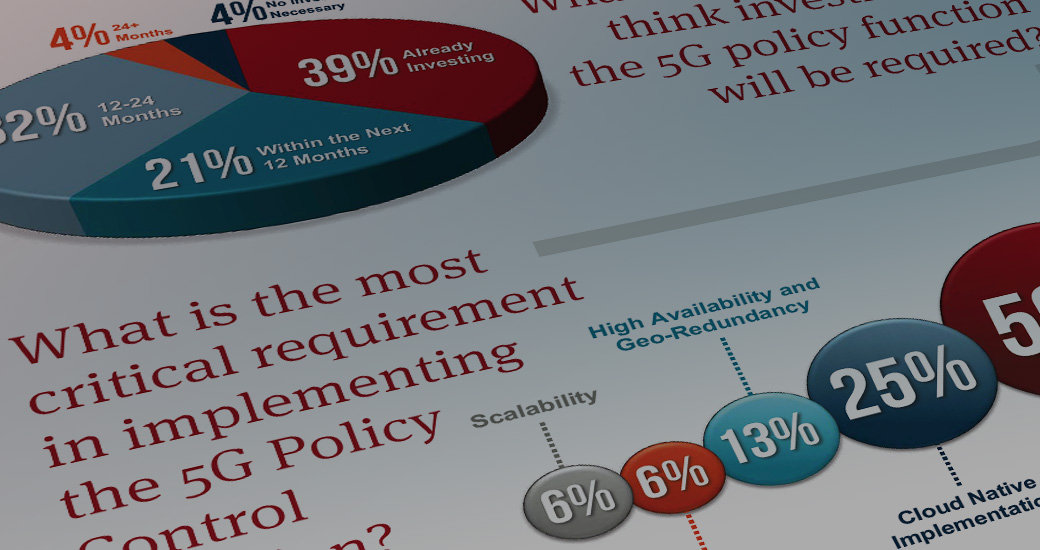IoT. Edge computing. Digital transformation. 5G. It seems we’ve been hearing all of these terms for a while now. While each has its own powerful implications for how companies will run and monetize business-critical applications moving forward, they all naturally overlap into what will very soon become the next generation of data management.
Granted, the picture is still hazy: like the view through a focusing camera lens. But it’s always the same story: once that view is focused, it’s like a slap in the face. You’re suddenly awake, suddenly aware of what’s been going on this whole time, but it’s too late to react: the disruptors have made their move and you are on your way to being disrupted, and you feel like you should have anticipated this now seemingly obvious sea-change many years ago.
For this reason, enterprises need to be thinking proactively instead of reactively about their data architectures. Once you’re having to react to something you’ve already missed your chance, and already lost a ton of money, time, and resources. On the other hand, if you’re always half a step ahead, even if that step wasn’t quite in the right direction, you still have time to course-correct before the wave of change overtakes you and your company.
In that light, VanillaPlus’s most recent Tech Trends report on edge intelligence provides a chance to get an insightful, potentially game-changing look into how the latest data management trends—particularly edge computing—will soon be disrupting your tech stack and that of your competitors.
It explores the various edge-related questions currently brewing into the new reality of data management, including:
1. Where is your edge and how do you define it?
The traditional concept of edge computing is changing. Where the initial definition of edge processing was something happening within 30 miles of an endpoint, today, per Alex Reznik, chair of ETSI’s Multi-access Edge Computing (MEC) group: “anything that’s not a traditional data center could be the ‘edge’ to somebody.”
Nowadays, your edge could be anywhere—in a vehicle, or in the device itself —and clearly the edge is moving further closer to users and the connected devices. But how do you extract intelligence from that edge once you find it? The report looks into this.
2. Why is edge computing critical for digital transformation?
Edge computing is, in many ways, like an unsung hero doing all the backend work for the other aforementioned transformative technologies: 5G, AI, and IoT. It’s not that edge computing isn’t already widely used, it’s more that its results and benefits haven’t yet been fully realized or publicized, but they are indeed real, and include:
- Reduced operating costs
- Improved security and data protection
- Improved device-to-device communication
- Regulatory compliance
- Near real-time responsiveness
The report delves into how edge computing helps enterprises with all of the above.
3. How are MEC and mmWave connectivity enabling edge decision-making?
MEC and 5G-enabled low-latency mmWave connectivity are coming together to enable bi-directional digital conversations and effective operation and implementation of technologies such as digital twins.
This section of the report discusses how the challenges associated with MEC are being addressed and why, for many, once they’ve looked over the edge and taken the plunge, there will be no going back to remote, centralized data architectures.
Get access to the full report here.




